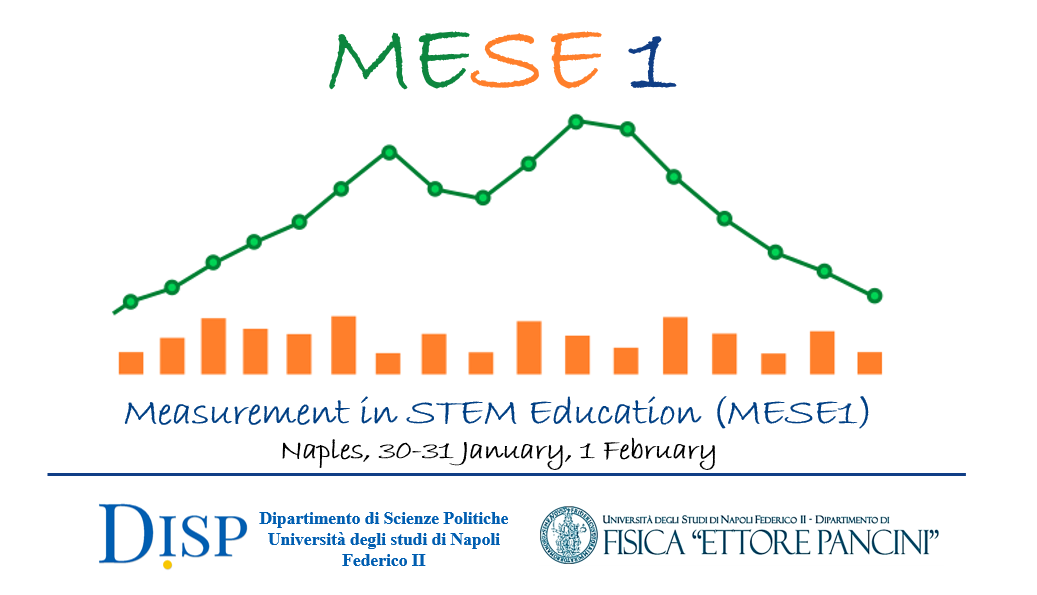Speaker
Description
The socio-cultural and economic characteristics of students and the families from which they come play a very important role on the learning levels achieved, even from the early years of schooling. It is well established, in fact, that students who live in conditions of higher economic as well as social and cultural advantage have a better chance of achieving more satisfactory results during their education. It is now well known in the literature that the socio-cultural and economic condition, the so called background, has a significant predictive value on learners' achievement (INVALSI, 2008; OECD 2007).
Having established this, it is essential to have an instrument, i.e., an indicator, to measure in some way the background of the learners of interest. The definition of an indicator of socio-economic-cultural status and its calculation poses general and technical problems.
This paper presents the method and techniques used to calculate an indicator of socio-economic-cultural status (ESCS) of pupils who participated in the National Assessment Service (NES) surveys. The calculation of ESCS is based on discrete indicators such as parents' level of education (HISEI) and their employment status (PARED), but also on a continuous indicator that can express a proximity measure of the material conditions in which the pupil lives outside school (HOMEPOS).
The latter indicator is calculated from the data of the regionally stratified sample of students participating in the INVALSI tests and using techniques related to the methodological framework of Rasch Analysis. The paper also illustrates some operational solutions to overcome, at least in part, the problem of missing data, always present in large-scale surveys, especially for so-called context variables. Finally, some initial analyses are proposed about the relationship between ESCS and learning levels achieved in Italian and Mathematics.

